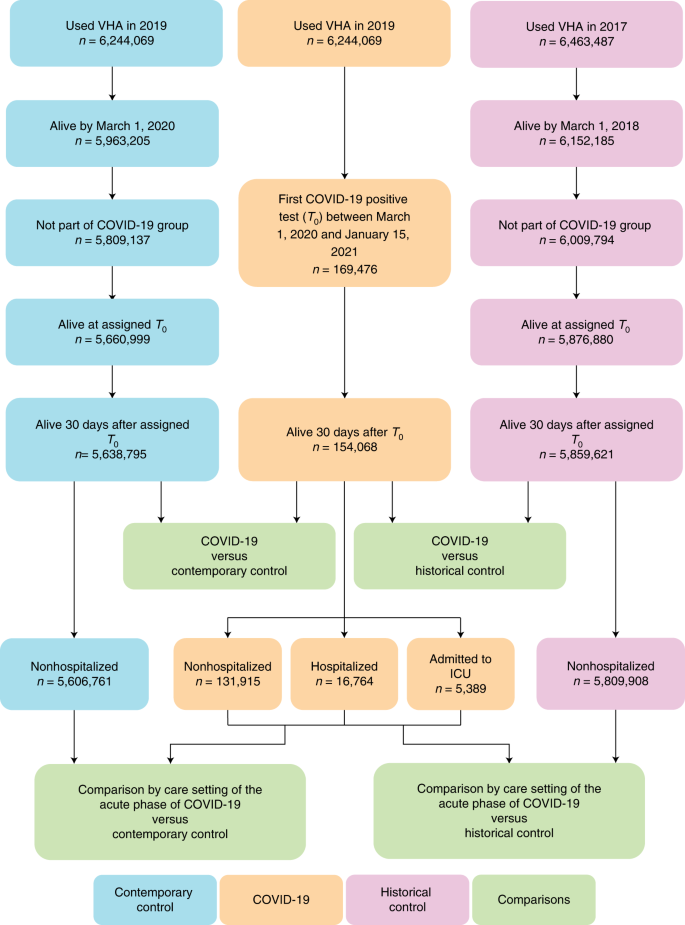神経外傷および脊髄損傷の治療における潜在的意義. Potential implications for treating neurotrauma and spinal cord injuries
2022-09-28 テキサス A&M大学
目的のタンパク質とペプチドを溶液中で混合し、その混合物をマウスの脳に注射したところ、研究チームは、そのタンパク質が容易に脳細胞に入ることを発見した。
<関連情報>
- https://agrilifetoday.tamu.edu/2022/09/28/rapid-delivery-injected-protein-flips-a-switch-in-the-brain-disappears/
- https://www.science.org/doi/10.1126/sciadv.abo2954
中枢神経系の細胞への遺伝子修飾酵素のインビボペプチドベース送達 In vivo peptide-based delivery of a gene-modifying enzyme into cells of the central nervous system
Jason K. Allen,Theresa C. Sutherland,Austin R. Prater,Cédric G. Geoffroy,Jean-Philippe Pellois
Science Advances Published:28 Sep 2022
DOI: 10.1126/sciadv.abo2954

Abstract
We report on the successful delivery of the Cre recombinase enzyme in the neural cells of mice in vivo by simple coinjection with peptides derived from HIV-TAT. Cre delivery activates the expression of a reporter gene in both neurons and astrocytes of the cortex without tissue damage and with a transduction efficiency that parallels or exceeds that of a commonly used adeno-associated virus. Our data indicate that the delivery peptides mediate efficient endosomal leakage and cytosolic escape in cells that have endocytosed Cre. The peptides, therefore, act in trans and do not require conjugation to the payload, greatly simplifying sample preparation. Moreover, the delivery peptides are exclusively composed of natural amino acids and are consequently readily degradable and processed by cells. We envision that this approach will be beneficial to applications that require the transient introduction of proteins into cells in vivo.


